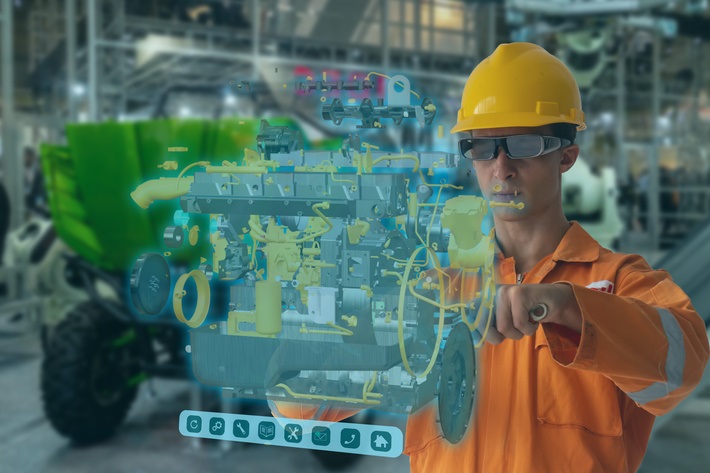The adoption of technology inside the Manufacturing Industry remains slow, but steady. Technology adoption remains relatively faster if the helps improve productivity, boost quality, minimizing costs. Industry CXOs believe that It provides a big part to see in manufacturing, but under thirty percent of manufacturers now utilize Industry 4. technologies.[i] Now, with COVID-19 disrupting supply chains, manufacturers are getting to look at virtualization and automation options for plants and MES in the bid to be more resilient
However , many manufacturing organizations have created home-grown tools around Manufacturing Operations Management (Mother). These solutions cannot withstand the shock of COVID-19 type disruptions. They need to evolve into Smart Manufacturing systems. Because of this, now is a superb time for you to purchase full-fledged MES that produces a connected, transparent, enhanced and agile organization.

You’ll find pockets inside the manufacturing sector that appreciate the opportunity of MES. However, nearly all are still improving their understanding of MES and the way it might extract benefits within the logistics.
At KONE, the Finnish engineering services organization recognized for its moving walkways and elevators, MES was used just like a beginning point due to its transformation with a digital factory. “MES is not nearly tool implementation,” states Martin Navratil, Director, Manufacturing Network Development, that’s been applying MES at KONE for just about any few years. “It is among the commitment of leadership and modify management.”[ii] KONE embedded MES into its manufacturing method to access real-time data while executing processes inside their warehouse or during production round the shop floor. The availability of continuous data (within a shift, day-wise, week-wise, etc.) has improved efficiency and responsiveness to customer needs. Navratil claims that MES bakes an effect in four areas:
Driving collaborative innovation: MES could be the foundation to produce digital competencies to the organizations by synchronizing the processes, tools, materials, equipment and people around the global scale.
Enabling something attitude: MES connects geographically spread factories, putting an finish to unsustainable and fragmented systems. The flexibility it provides supports something attitude.
Building customer centric solutions: MES minimizes the cycle some time to improves responsiveness. Furthermore, it offers data to continuously drive a Lean and 6 Sigma culture to boost quality.

Fast and smart execution: MES provides maximum transparency to customers regarding deliveries. Real-time details are visually available to everyone, allowing the company to put the customer within the center in the operations, reduce time to market making customer trust.
MES places real-time data to the hands in the organization, allowing it to become intelligent and exploit options for faster improvement. Although supervisors monitor production within a shift (to achieve targets or improve asset utilization) however they might also transfer the granular data with other parts of the company such as the maintenance and engineering teams for faster service response also to enable continuous improvement. The data also introduces great traceability, leading to excellence in delivery. “MES features much more options to achieve better results,” observes Navratil.




